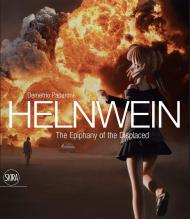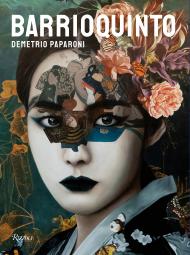The most complete monograph realized about the noted Austrian painter, photographer, filmmaker, performer and set designer, born in Vienna in 1948.
The works of Helnwein show the bare truth where society instead hides and removes. What emerges by leafing through the pages of this monograph is the obsession that accompanies the artistic career of this notable Austrian artist, marked by the wish to breakdown the rhetoric of war, the constructions of self-absolution, the mystifications of religious institutions in whose pitfalls men periodically fall as if they had not committed the same mistake over and over again.
Edited by Demetrio Paparoni and divided into sections that make this volume a valid tool for exposing the different aspects of Helnwein’s work, the monograph includes, aside from the editor’s text, a preface by Sean Penn and essays by Klaus Schröder (director of the Albertina in Vienna) and Martin Muller (director of Modernism Gallery in San Francisco) and a conversation between the artist and Jonathon Keats (American conceptual artist and experimental philosopher).
___________
Art critic, curator and essayist, Demetrio Paparoni has written introductions for catalogues on artists including Li Songsong, David Salle, Vik Muniz, Peter Halley,
Sean Scully, Jim Dine, Zhang Huan, Wang Guangyi and Ding Yi. He has written and edited numerous books and monographs, including those on Timothy Greenfield-Sanders (2001), Brian Eno & Mimmo Paladino (2001), Chuck Close (2002), Jonathan Lasker (2002) and Wang Guangyi (2013), Morten Viskum (2016), Natee Utarit (2017), Vibeke Slyngstad (2017), Laurent Reypens (2017), Ronald Ventura (2018), Espen Dietrichson (2018).



